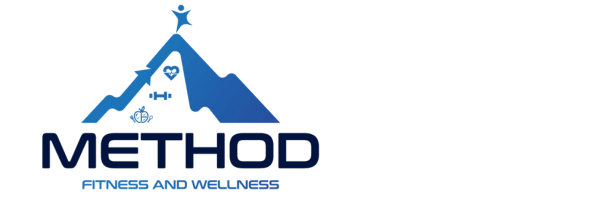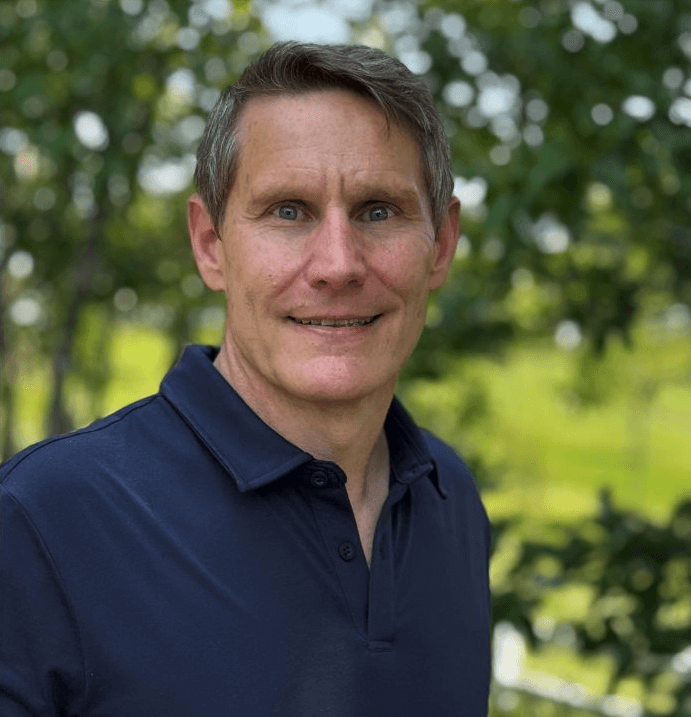
It wasn’t long into my health and wellness coaching career before I noticed that some clients struggled to stick to the action plans they had designed in our sessions.
This is NOT the way it was supposed to work……
I mean, I followed the process, just like I was taught and had practiced (and ultimately earned the National Board Certified – Health and Wellness Coach certification for…)
But still, challenges arose. Clients were unable to stick to the plans they themselves designed to reduce stress. Others face difficulties keeping up with the steps they put in place to improve their fitness.
As part of supporting or, in some cases, building self-efficacy in my clients, I, like every NBC-HWC, follow the principle that it is my clients who own the responsibility for their progress. They are the experts in their lives, not me. I was not about to take over accountability for their plan. However, I knew some sort of adjustments needed to be made that still kept my clients in the driver’s seat for developing and staying accountable to their action plan.
In other words, just laying out a game plan or checklist for my clients to follow was out of the question. As it should be. Save that for my consulting work.
Okay, now what?
I started to look at areas where I’ve seen long-term initiatives work. In some ways, this is where my consulting experience came in handy. I knew distinct processes that complemented one another created opportunities for certainty and predictability. And that as these processes were implemented, they became self-reinforcing. Repeatable even.
So, I took a page from my consulting playbook. Systems design and thinking.
Systems design and thinking is the logical leap toward self-sustaining processes. Systems are not only all around us, they exist within us. We manage our lives in, around, and with systems. Just take a step back and look around. The roads we drive on and the trains we ride are parts of transportation systems. The banks where our money is and our 401k’s are parts of financial systems. The processes documented in Standard Operating Procedures at our companies make up parts of bigger systems to standardize company operations. And our bodies and minds operate as a system to keep us alive and active.
In the above examples, when each component of a system is functioning as planned, everything seems to work well. But, when there is a delay or a breakdown at any node, we start to see cracks in the system. Things start to not work as intended after a while.
So, systems seemed to be the solution I was looking for. Well, part of the solution anyway. I mean, I can’t work with clients to design complete systems in a 30-minute coaching session. And luckily, I don’t need to.
What I can do is apply the principles behind systems to the work my client and I do when we’re co-creating an action plan in our session.
So, before we go further, what are the principles behind a system? Fortunately for me, there’s been a whole book written on the topic. Probably several, but I went to the gold standard, Thinking in Systems by Donella Meadows. Paraphrasing from the book, a system is an interconnected set of elements that is coherently organized in a way that achieves something. In other words, pieces are connected with intent and purpose. And I love intent and purpose.
In coaching, if I do my job right, I always get intent and purpose. It’s what we explore in the session, which ultimately becomes an action plan I co-create with my clients. The part usually left poorly addressed, if at all, is the interconnected set of elements needed to execute the action plan.
What if we spent a little more time, deliberately, on these interconnected sets of elements?
What could that do for my clients?
Turns out, a lot.
So much so that this is now the framework I use to reinforce components of my client’s action plan to reach their goals. It’s called the Holistic Meets Heuristic Approach.
Holistic and heuristic methods complement each other beautifully for our purpose of intentional and actionable health and wellness strategies. I hope it’s obvious by now that I’m a fan of holistic health and wellness approaches. I’ve found that they broaden our options as we work through wellness challenges and meet health goals. There are so many lifestyle adjustments and non-pharmaceutical interventions that are available to support our health and wellness needs. This isn’t to say there isn’t a place for medicine, professional medical expertise, and emergency services. There definitely is. But consider the macro holistic principles we’ve been using for hundreds of years. Staying fit. A healthy diet. Getting good sleep and rest. And we continue to learn more every day about just how critical these, and other holistic principles, are to stay healthy, prevent chronic issues, and get well sooner. Holistic health and wellness practices must be part of our wellness toolkit.
Heuristic approaches describe the creation of mental shortcuts as we learn, discover, and solve problems we’re confronted with. It is the method by which we experiment to learn, adjust, and ultimately achieve our goals. Heuristic approaches work because we gather information to determine what works and what doesn’t. This reinforces certain behaviors, hopefully healthy ones.
The Holistic Meets Heuristic Approach is designed to view, with intentionality and specificity, the supporting components that are needed to achieve the client’s goal. While we do discuss the supporting components, we’re careful to view them as complementary activities that support the action plan to avoid overwhelming the discussion that is focused on creating the action plan. In the session, we’re not adding new work during action plan creation. Instead, we’re putting more deliberate thought into what we’re already discussing in the session.
By observing these supporting components, we’re reinforcing and supporting the path toward goal achievement. These supporting components that form the system are the bonds that create consistency in habits and lifestyle changes so that my clients are better able to stick with the plan.
The Holistic Meets Heuristic Approach is not only present in the current moment but also forward-looking. The systems designed aren’t just for figuring out how to organize future change for improved health and wellness. My clients are already living with a system, even if it wasn’t deliberately created or even recognized. So, we also spend a little time seeking to understand the current system that is in place and whether the current system is holding my clients back. Then we can figure out how and where to effect system change, or not, to meet my client’s goals.
The Approach also creates intentional feedback loops, common in systems, so my clients can see what is working and what is not in their health and wellness journey. This information is used to make adjustments to the action plan, either in real-time or during future sessions, whatever my clients want.
The primary benefit of the Holistic Meets Heuristic Approach is that it allows my clients to better fit the action steps into their lives. They aren’t forced to upheave their life for the sake of the action plan. The action plan fits into their lives. The end result is a co-created system that helps clients better execute the right steps toward their intended results and goals.
Using the method I was initially taught means that I co-create with clients an action plan that is specific, measurable, achievable, relevant, and time-based. You’ve heard of this before, SMART goals. This principle, by itself, is a useful way for my clients to leave a session with the actions they should take next. But, by including the Holistic Meets Heuristic Approach, we ensure to view the complementary steps that are interconnected with the action steps. This reinforces the steps as applied to their goals as well as makes them so much more achievable.
What might this look like in action?
Well, if a client and I are talking about their desire to restart a training program to improve their fitness, they may create this action step: “I will go to the fitness center in my apartment building three times per week in the morning when I have more time to fit in the training. I will start with some resistance training and cardio to restart my training. I will do this for three weeks and look for ways to increase my training load as I get stronger and more fit.”
This action step is SMART and certainly supports their goal. But, if I were to add on the Holistic Meets Heuristic Approach, I would ask a couple more questions about the habits that support the action steps. I would ask how their current nutrition habits support the increase in activity, how their sleep schedule might need to change, and how they plan to include recovery into their new routine (this is the holistic part of the Approach). I would also ask how they might track these changes as they execute their action plan for greater insights (exploring the heuristic part of the approach to continue discovery and set up the structure for future feedback mechanisms).
Now, this is a lot, I know. We definitely couldn’t, and wouldn’t, tackle all these topics in a single session. So we don’t try to explore each and every supporting factor and resolve them. But recognizing them helps my clients at least acknowledge them and maybe even consider them as potential topics for future sessions if they choose. This new Approach recognizes behaviors that reinforce one another, building up the scaffolding that holds the plan in place. It creates momentum. Conversely, when the supporting factors are ignored, my clients face frustration and discouragement when their nutrition, sleep, and recovery don’t keep up with their added training. This is because, as we’ve seen, it takes a system to successfully restart a training program.
In my sessions, I encourage worksheets or other means to track progress (journals, logs, or trackers) so that my clients are better tuned into changes. This information feeds the feedback loop in the system so we can better observe what is working and what other changes need to happen to support my client’s goals.
It may feel daunting the first time you're exposed to the concept of systems design. This is because we’re generally not trained to peek under the hood into how they’re set up and organized (well, sometimes organized…). Systems exist on the surface of everyday activity and we carry on with our lives within systems, usually without giving them a second thought.
But they exist, and generally for good reasons. Therefore, we should use them to our fullest advantage.
We’ve only scratched the surface of systems design. There’s so much more. I may dive deeper into this fascinating world in future newsletters if there’s interest. Just reply and let me know.
With that, this wraps it up for the ‘What is Coaching’ series. I look forward to seeing you in the next one.
Chris






0 Comments